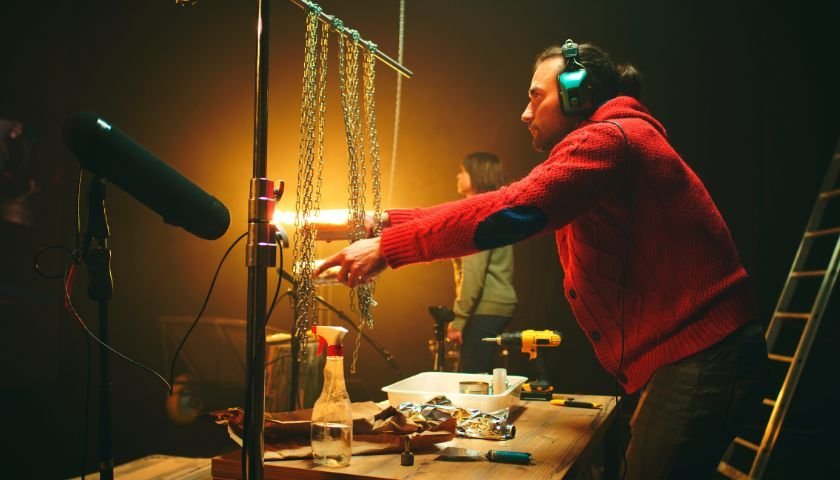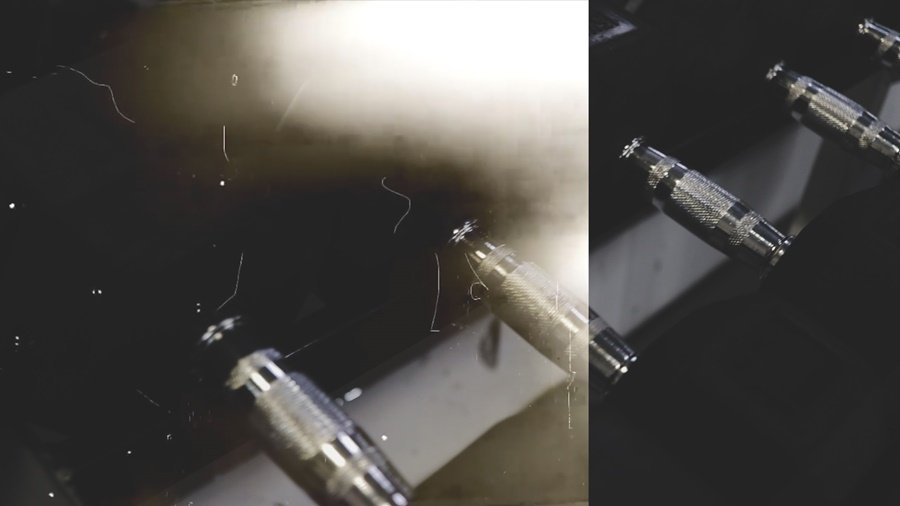In the realm of filmmaking, sound is a storyteller that transcends the visual. This exploration navigates the psychology of sound in film, uncovering how every note, rustle, and silence contributes to the intricate tapestry of cinematic storytelling.
The Power of Soundscapes
Ambient Sound and Atmosphere: Explore how ambient sounds create a sense of place and atmosphere. From bustling city streets to tranquil forests, understand the psychological impact of immersive soundscapes in setting the stage for narratives.
Silence as a Narrative Tool: Delve into the use of silence as a powerful narrative tool. Understand how strategic moments of silence can amplify tension, create emphasis, and invite the audience into a deeper connection with the unfolding story.
Musical Scores and Emotional Resonance
Music as Emotional Anchors: Examine how musical scores serve as emotional anchors in filmmaking. Learn how filmmakers use music to underscore moods, highlight pivotal moments, and guide audience emotions through the narrative.
Leitmotifs and Character Associations: Uncover the use of leitmotifs to create character associations. Explore how recurring musical themes can become the emotional signatures of characters, enhancing their presence and impact within the story.
The Psychology of Foley and Sound Effects
Enhancing Realism with Foley: Understand how foley artists enhance realism with meticulously crafted sound effects. Explore the psychological impact of authentic, well-timed sounds that ground the audience in the reality of the film.
Sound Effects to Evoke Emotion: Delve into the emotional impact of sound effects. From the creaking of a door to the distant rumble of thunder, discover how sound effects evoke specific emotions, enhancing the viewer’s connection to the unfolding narrative.
Creating Atmosphere with Sound Design
Designing Emotional Atmospheres: Explore the role of sound design in creating emotional atmospheres. Learn how the choice of sounds, their placement, and manipulation contribute to the overall mood and tone of a scene.
Spatial Sound and Immersive Experiences: Examine the use of spatial sound to create immersive experiences. From binaural recordings to three-dimensional audio, understand how spatial sound enhances the sense of presence for the audience.
The Psychological Impact of Voice
Narrative Influence of Voiceovers: Analyze the psychological influence of voiceovers in storytelling. Explore how narrators and character voices shape the narrative, conveying information, emotion, and perspective.
Accents and Cultural Associations: Delve into the subconscious associations tied to accents. Understand how accents can provide cultural context, shape character identities, and influence audience perceptions.
Sound Editing and Emotional Pacing
Rhythmic Editing for Emotional Pacing: Explore the rhythmic editing of sound to control emotional pacing. Learn how sound edits, in sync with visual edits, create dynamic rhythms that drive the narrative forward and build emotional intensity.
The Power of Sound Transitions: Understand how smooth sound transitions contribute to seamless storytelling. From scene changes to emotional shifts, discover how well-executed sound transitions maintain audience engagement and enhance the overall viewing experience.
Conclusion
In the symphony of filmmaking, sound is the unseen conductor guiding the emotions and perceptions of the audience. As you embark on your filmmaking journey, remember that every sonic choice is a brushstroke on the canvas of emotional storytelling.








